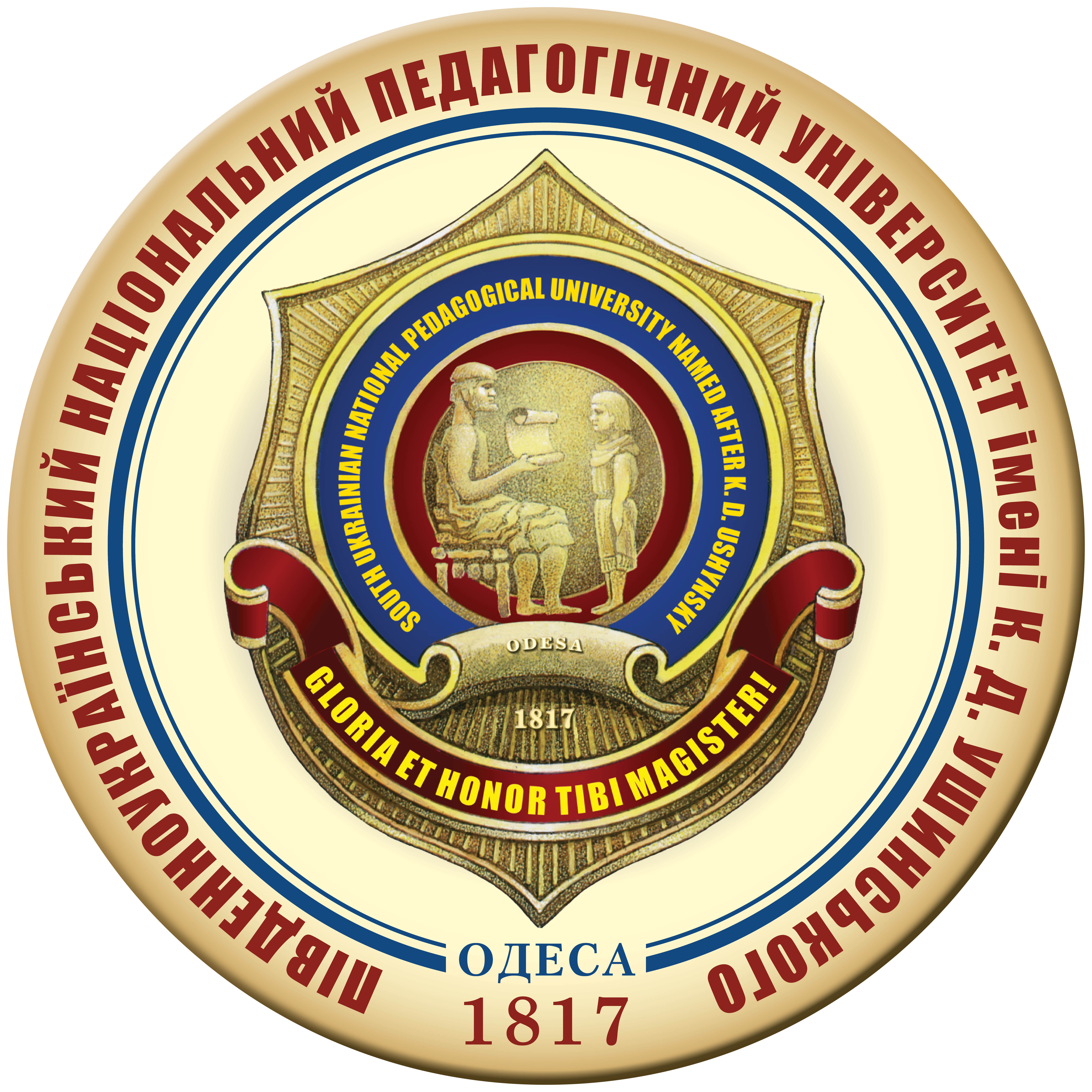OPTIMIZATION OF THE PRE-START STATUS OF HIGHLY QUALIFIED ROWERS IN KAYKADS AND CANOES
DOI:
https://doi.org/10.24195/olympicus/2024-1.3Keywords:
start, competition, preparedness, training, psycho-emotional stateAbstract
In rowing, experts note the intensification of the training process and competitive activity, a significant increase in physical loads on the athlete's body, which requires him to maximize the mobilization of functional reserves and psychological stability in the conditions of training and competitions. The period of achieving high sports results among qualified rowers on kayaks and canoes largely depends on the level of optimality of their pre-start readiness. Currently, this problem is rather weakly researched and requires development and implementation in the training process of rowers. The lack of proper methodical support slows down the training process of international rowers and reduces its effectiveness, which ultimately affects sports performance. The purpose of the study is to develop and substantiate a complex of pedagogical tools and methods for optimizing pre-start conditions that positively affect the training of highly qualified paddlers in kayaks and canoes. A pedagogical experiment was conducted to scientifically substantiate the effectiveness of the developed program. During this period, 20 highly qualified rowers (masters of sports) were divided into two groups: control (CG) and experimental (EG), each of which contained 10 rowers. Results: According to the results of the conducted research, it was established that the competitive result of swimming a distance of 200 m in a kayak among rowers of the experimental group was significantly better after the applied program in comparison with the control group by 4,00 s (р<0,05), a distance of 500 m – for 8.00 s (p<0,05), the distance of 1000 m – 24,00 s (p<0,05). Conclusions. The experiment confirmed the difference in the competitive results of overcoming distances of 200 m, 500 m and 1000 m in kayaks among rowers of the experimental group compared to the control group. The identified differences were statistically significant (p<0,05).
References
Богуславська В. Ю., Кушнір К. С., Губар І. В., Сальникова С. В. Підвищення фізичної підготовленості веслувальників засобами фітнесу на етапі попередньої базової підготовки. Olympicus. 2023. 3. С. 22–27 DOI https://doi.org/10.24195/olympicus/2023-3.4.
Богуславська В. Ю., Еделєв О. С., Поляк В. А. Вдосконалення фізичної підготовленості веслувальників різними режимами тренувань на етапі спеціалізованої базової підготовки. Фізична культура, спорт та здоров'я нації. 2023. 16. с. 54–59. ISSN 2071-5285.
Дяченко А., Русанова О., Довгодько І. Формування спеціалізованої спрямованості тренувального процесу кваліфікованих спортсменів-веслувальників зі зниженим рівнем розвитку стійкості реакцій аеробного енергозабезпечення в зоні аеробно-анаеробного переходу. Молодіжний науковий вісник Східноєвропейського національного університету імені Лесі Українки. Фізичне виховання і спорт. 2015. № (20). С. 144–149.
Дяченко А. Контроль і моделювання навантажень в умовах компенсованого стомлення в процесі спеціальної фізичної підготовки веслярів. Фізична культура і практика: Час опис кафедри теорії і методики фізичного виховання, адаптивної та масової фізичної культури Полтавського національного педагогічного університету імені В. Г. Короленко. 2018. № 4. С. 65–69.
Флерчук В. В. Обґрунтування провідних факторів, що обумовлюють ефективність тренувальної та змагальної діяльності у веслуванні на байдарках і каное. Молода спортивна наука України. 2018. Вип. 12. Т. 1. С. 370–374.
Bonetti D. L., Hopkins W.G. Variation in performance times of elite flatwater canoeists from race to race. Int J Sports Physiol Perform. 2015. Vol. 5(2). Р. 21–27.
Cuijpers L. S., Den Hartigh R. J. R., Zaal F. T. J. M., de Poel H. J. Rowing together: Interpersonal coordination dynamics with and without mechanical coupling. Hum Mov Sci. 2019. Vol. 64. Р. 38–46.
Egan-Shuttler J. D., Edmonds R., Eddy C., O’neill V., Ives S. J. The Effect of Concurrent Plyometric Training Versus Submaximal Aerobic Cycling on Rowing Economy, Peak Power, and Performance in Male High School Rowers. Sports Med Open. 2017. Vol. 3. Р. 7–15.








